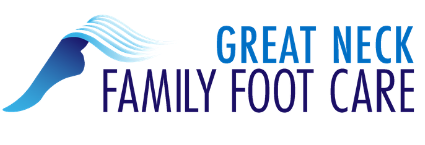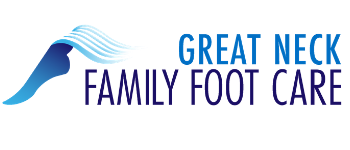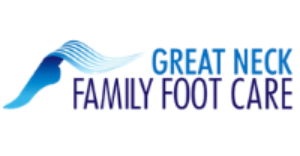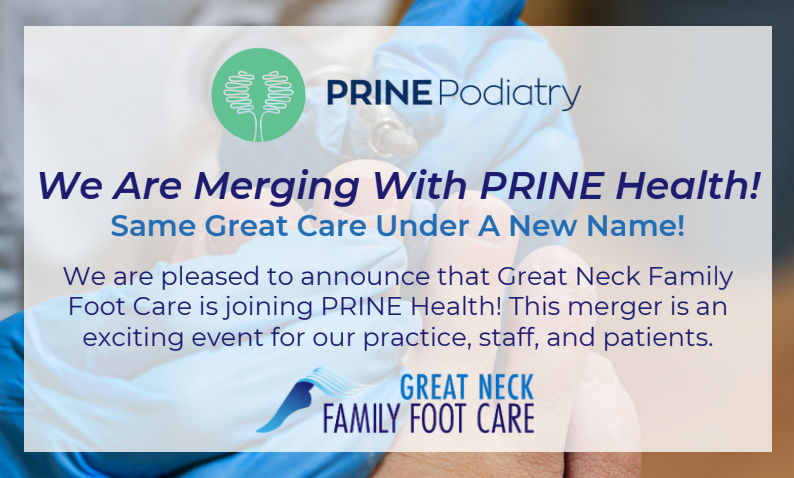01 Sep Key Factors That Affect Wound Healing in Long Island Patients
Injuries are an unfortunate way of life. Although many wounds heal naturally with minimal care or concern, certain factors influence this natural process. Even small changes can produce either positive or negative results. By actively monitoring these key factors, we can help ensure that our body has the tools it needs to heal properly.
Nutrition
Although having a healthy, balanced diet is always important, our nutrition is even more vital when healing from an injury or wound. Protein, vitamins, and minerals are all critical ingredients for the healing process. They each offer specialized resources our body can use to regrow tissue, restore lost fluid, and ward off infection. Blood sugar is also an important factor, particularly for those with diabetes. Consult a nutritionist or your doctor for additional details and tips for developing a meal plan that promotes natural healing.
Wound Hygiene
Infection is the greatest risk for those with open wounds. Unfortunately, many cases of infection on Long Island are often easily preventable with thorough hygiene and germ control measures. By providing a sterile, safe environment, many wounds are free to heal naturally without the risk of infection and other serious complications. Practical hygiene tips include:
- Regularly wash hands throughout the day with at least 15-20 seconds of vigorous scrubbing.
- Always wear gloves when changing wound dressings or providing care to the injury site.
- Avoid close contact with others during the early healing stages.
- Regularly change bandages and dressings according to your doctor’s recommendations
- Get help immediately if you notice early signs of infection
Illnesses and Medical Complications
Although the body is extremely affective at healing its injuries, certain medical issues can compromise this natural process. Diabetes, circulatory illnesses, and a compromised immune system all place wounds at greater risk for infection and complications. Even small injuries can become major health issues. Always consult your doctor if you suffer from an illness that places you at greater risk for “non-healing” wounds. Professional wound care is often the best recommendation for an infection-free healing process.
Wound Type
Although there are many types of wounds and injuries, they can be divided into two specific categories: “Acute” and “Chronic.” These categories both require specific care to ensure the best healing outcome.
Acute Wounds:
Acute wounds in Great Neck are usually the result of an injury. Although they can still be serious, most heal naturally with normal medical care. The body’s natural immune response and healing process occurs over a serious of steps to cleanse the wound and begin replacing the lost tissue.
Chronic Wounds:
Although chronic wounds may be the result of an injury, most stem from on-going medical issues such as diabetes and circulatory disease. Any wound that doesn’t heal naturally within 3 months is categorized as a chronic wound. Diabetic foot ulcers, venous stasis ulcers, and pressure ulcers are the most common wounds we see in our Long Island podiatry office. Because these wounds don’t heal within natural orderly steps, wound care is necessary to cleanse the wound, prevent infection, and encourage new tissue growth. For those with ongoing circulatory issues, wound care therapies such as compression therapy and total contact casting are often used to keep blood flow healthy and prevent pressure points.
Although not every wound or injury requires professional wound care, it’s important that we seek immediate help and guidance for any injury that appears to be healing abnormally. Chronic wounds have a much more positive outcome and healing experience if treated promptly before infection or complications occur. Important warning signs include:
- Constant milky, green, or brownish pus and discharge from the wound site
- Recurrent pain, numbness, or tingling sensations
- Signs that the wound is growing in size or depth
- Fever and obvious signs of infection
- Difficulty moving the affected region
Always seek medical help at the first sign of a chronic wound. With professional wound care at Great Neck Family Foot Care even serious wounds can find the necessary help and healing. For more information, please contact us today.





Sorry, the comment form is closed at this time.